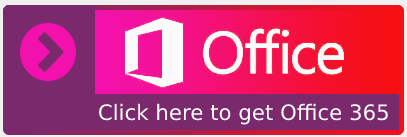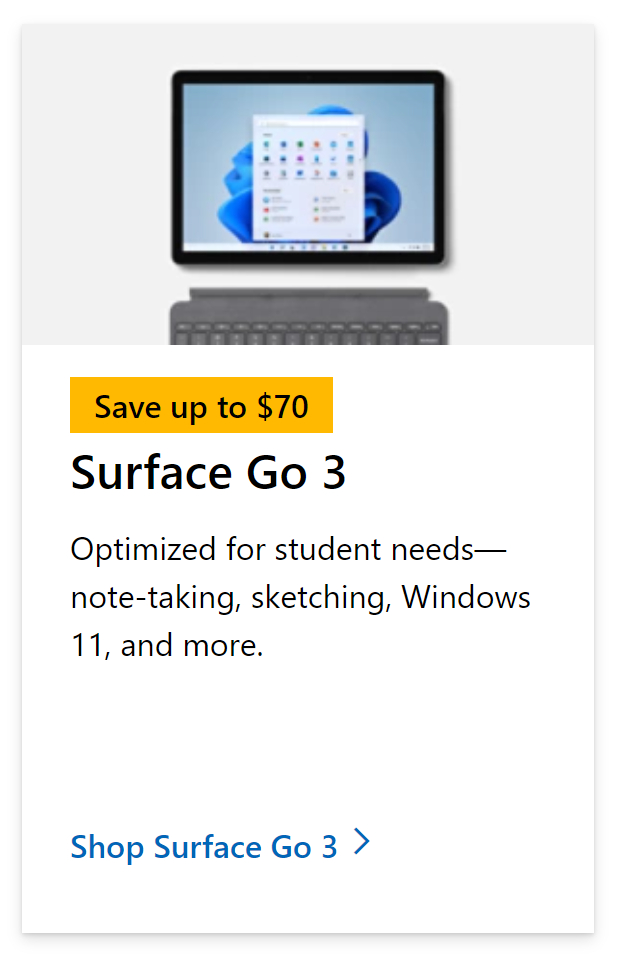Multi-factor Authentication (MFA) is sometimes referred to as two-factor authentication or 2FA. It is a security enhancement that allows you to give two pieces of evidence when logging in to an account. This means instead of just logging in using your username and password, another piece of evidence is required. One popular method of MFA is by sending a code to your phone via text message which you then type in to log in.
Although MFA creates multiple layers of security which helps to increase the assurance that the person trying to gain access is actually who they claim to be, there have been issues concerning the MFA used for Outlook. Many users have reported that after they enabled MFA, they have been unable to access their Outlook account. In this blog post, I will be outlining how you can fix this issue with a step by step guide.
Accessing Outlook after enabling MFA:
- Close your Outlook
- Open up Credential Manager
- Select ‘Windows Credential’
- Scroll down to ‘Generic Credentials’
- Click on any entries that contain the words ‘Outlook’ or ‘MicrosoftOffice16’ in the name
- Select ‘Remove’
- Close Credential Manager and restart your Outlook
Ensure this is done for each entry that contains ‘Outlook’ or ‘MicrosoftOffice16’ in the name.

Step by step process to access Outlook After enabling MFA:
- Close your outlook
It is important that you close Outlook before doing these steps otherwise the changes you make will not be updated on Outlook.
- Open up Credential Manager
In the windows start menu, search for ‘Credential Manager’ and click on the ‘Credential Manager’ control panel.
- Select ‘Windows Credentials’
Clock on ‘Windows Credentials’ to see the programs and websites you have been logging in to.
- Scroll down to ‘Generic Credentials’
- Click on any entries that contain the words ‘Outlook’ or ‘MicrosoftOffice16’ in the name
Here is an example of this. This entry contains the ‘MicrosoftOffice16’ in the name. Please note, you may have multiple entries that contain ‘Outlook’ or ‘MicrosoftOffice16’ in the name. You must remove all these entries.
- Select ‘Remove’
Click on ‘Remove’ at the bottom on the information about the entry.
- Close Credential Manager and restart your Outlook
You can now close Credential Manager and restart your Outlook. This will now enable you to access your Outlook again.
Common issues with MFA on your work Outlook account
It seems to be quite common when enabling MFA on an Outlook account to run into similar issues. One of the biggest issues is not having your mobile device with you in the office when Outlook asks you to verify your identity. The solution to this is to add an alternative method to sign in beforehand, however if you did not add an alternative verification, your organisation’s help desk can assist you.
Similarly there are other issues you can run into when enabling MFA, such as:
- Your device was stolen
- You didn’t receive the verification code that was sent to your mobile device
- You have a new phone number
- You have a new device
- You’re having issues with signing in while traveling
- You can’t turn MFA off
If you are experiencing any of these issues, please visit the Microsoft page on ‘Two-step verification help’ to see how you can resolve these issues with your MFA on outlook.
Thank you for reading! We hope this helped to solve your issues with MFA on Outlook. If you have any further questions feel free to leave a comment below and we’ll be happy to help, or read more of out blog posts about Outlook and MFA:
Since MFA requires third party access requirements, many users often want to ignore MFA. This blog post demonstrated how to disable MFA so that they dont keep getting the unwanted MFA prompts.
This blog post highlights how to resolve the issue when Office 365 is not asking for MFA. This step by step tutorial breaks down the process for an easy to follow guide.
Due to errors, there may be times when Outlooks personal information manager doesn’t work as well as expected and keeps asking for a password. This blog posts looks at the possible reasons behind why Outlook keeps asking for your password and ways to fix this issue.
Adding a delegate can be a difficult and confusing process, this blog posts breaks it down into a step by step guide to ensure you can follow this tutorial and successfully add a delegate to your inbox






